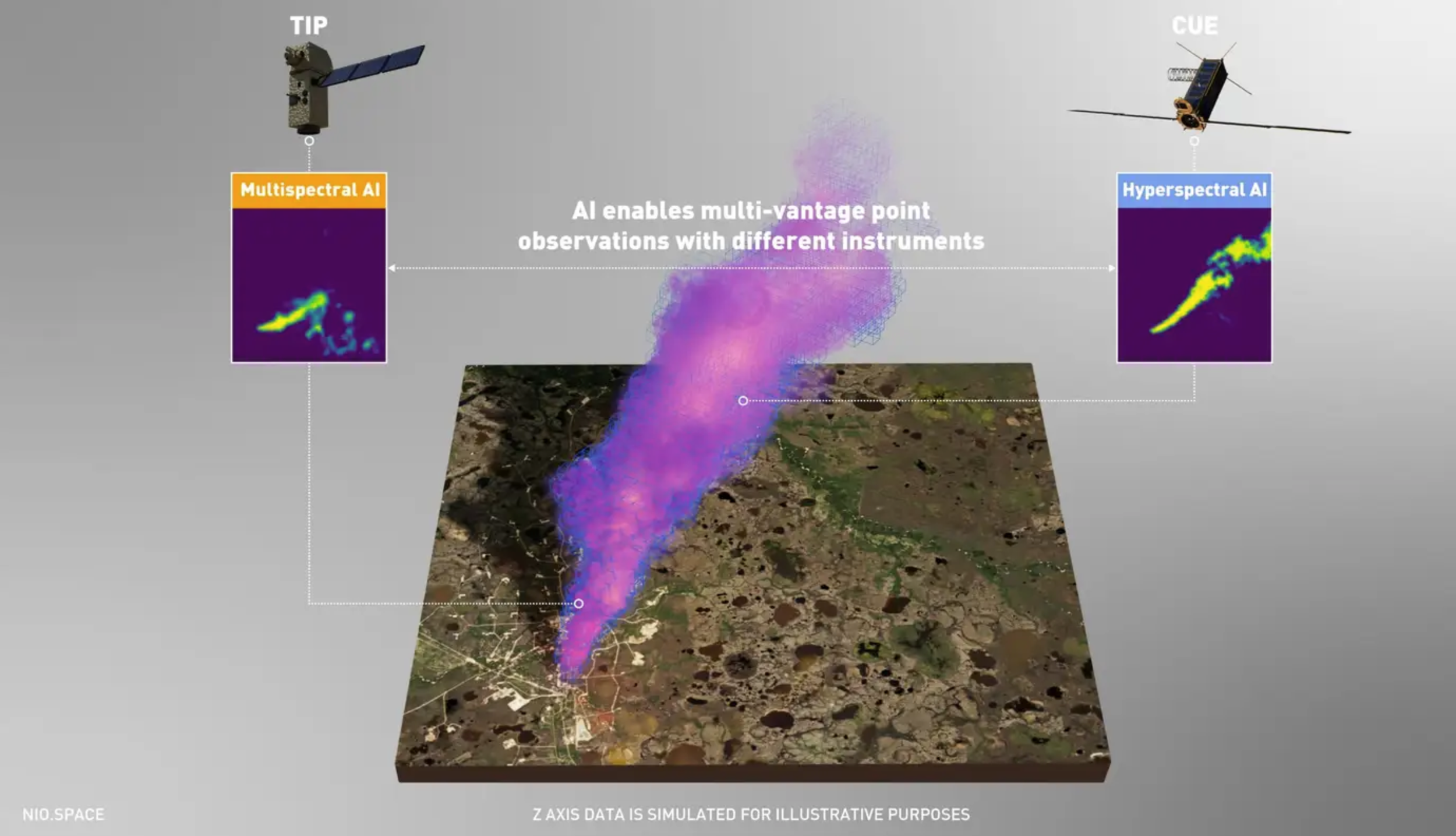How AI could help scientists spot ‘ultra-emission’ methane plumes faster—from space
Reducing damaging “ultra-emission” methane leaks could soon become much easier–thanks to a new, open-source tool that combines machine learning and orbital data from multiple satellites, including one attached to the International Space Station.
Methane emissions originate anywhere food and plant matter decompose without oxygen, such as marshes, landfills, fossil fuel plants—and yes, cow farms. They are also infamous for their dramatic effect on air quality. Although capable of lingering in the atmosphere for just 7 to 12 years compared to CO2’s centuries-long lifespan, the gas is still an estimated 80 times more effective at retaining heat. Immediately reducing its production is integral to stave off climate collapse’s most dire short-term consequences—cutting emissions by 45 percent by 2030, for example, could shave off around 0.3 degrees Celsius from the planet’s rising temperature average over the next twenty years.

